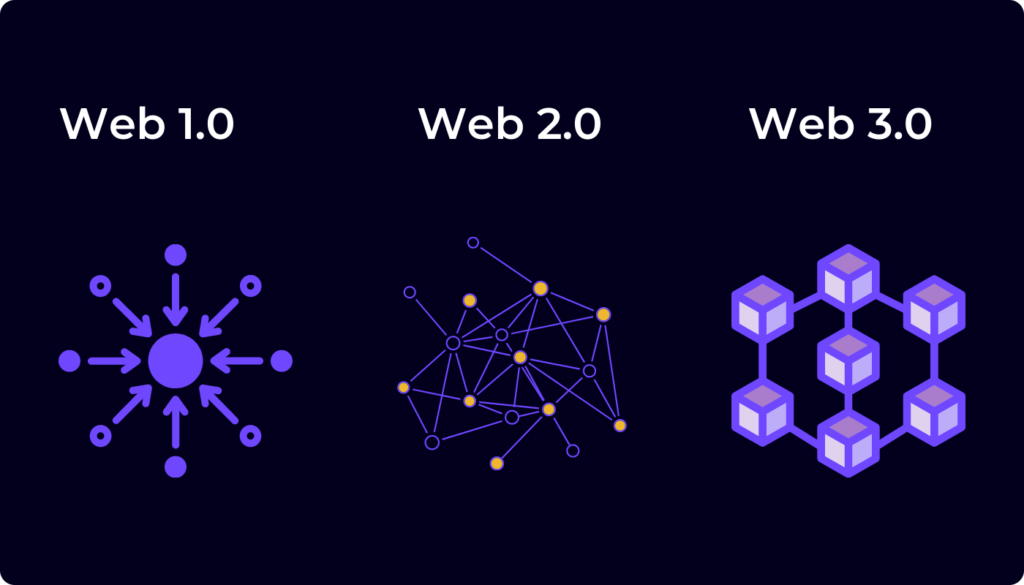While blockchain technology has revolutionized various sectors with its decentralized, transparent, and secure framework, it also has several drawbacks that need to be addressed for broader adoption. Here are some of the most critical issues:
1. Scalability Issues
Blockchain networks, especially those using proof-of-work (PoW) consensus like Bitcoin, face significant scalability problems. The number of transactions per second (TPS) that can be processed is limited compared to traditional payment systems like Visa or Mastercard. As the network grows, the time it takes to validate and settle transactions increases. For instance, Bitcoin can handle about 7 TPS, while Ethereum, pre-upgrade, could process around 30 TPS. This is minimal compared to centralized payment systems that can process thousands of transactions per second.
To address these scalability issues, several solutions have been proposed, such as:
- Layer 2 Solutions: Off-chain transactions that settle on the main blockchain only when necessary (e.g., Lightning Network for Bitcoin).
- Sharding: Dividing the blockchain into smaller parts, each handling its portion of transactions.
2. Energy Consumption
Proof-of-work (PoW) consensus algorithms, used by blockchains like Bitcoin and Ethereum (prior to Ethereum 2.0), require significant computational power to validate transactions and secure the network. This leads to extremely high energy consumption. Bitcoin mining alone consumes more electricity than some entire countries, contributing to environmental concerns. The energy-intensive nature of PoW can be a major hurdle in making blockchain technology more sustainable.
Alternatives like Proof-of-Stake (PoS) and other energy-efficient consensus mechanisms are being explored and implemented to reduce the energy footprint.
3. Regulatory Challenges
Blockchain operates in a gray area when it comes to regulation. Many governments have not yet established clear guidelines on how blockchain-based activities such as cryptocurrency trading, token issuance, or decentralized finance (DeFi) are governed. This uncertainty can cause issues for businesses and individuals looking to leverage blockchain, as they may find themselves operating in violation of laws without realizing it. In some cases, governments have even banned or severely restricted blockchain-related activities, further complicating global adoption.
For blockchain to fully integrate into the mainstream economy, regulatory clarity is essential. This includes addressing issues like tax policies, securities law, and anti-money laundering (AML) regulations.
4. Security Vulnerabilities
While blockchain technology is generally considered secure, it is not immune to security risks:
- 51% Attacks: In PoW-based blockchains, if a group of miners controls more than 50% of the network’s mining power, they can manipulate the blockchain, including reversing transactions and double-spending.
- Smart Contract Exploits: In platforms like Ethereum, smart contracts can have vulnerabilities that hackers may exploit. Once a smart contract is deployed, it often cannot be changed, leaving it vulnerable if it contains bugs or loopholes.
Many projects are working on enhanced security solutions, but these challenges highlight the risks of blockchain systems, particularly in financial contexts.
5. Complexity and Accessibility
Blockchain technology is inherently complex, which makes it difficult for the average user to understand and adopt. Concepts like cryptographic keys, wallets, and consensus mechanisms can be overwhelming for those not familiar with technology or finance. This steep learning curve hinders the mass adoption of blockchain in everyday applications.
For blockchain to gain more widespread usage, educational resources and user-friendly interfaces must be developed to make it more accessible to non-technical users.
6. Irreversibility of Transactions
One of blockchain’s fundamental features is the immutability of data. Once a transaction is recorded on the blockchain, it cannot be altered or deleted. While this ensures transparency and security, it also means that any mistakes, such as sending funds to the wrong address or being a victim of fraud, cannot be reversed. This creates a potential risk, especially in situations where error correction is needed.
Innovations like multi-signature wallets or escrow services offer some level of protection, but the issue of irreversible transactions remains a concern for many users.
7. Lack of Interoperability
There are many different blockchain networks, but most of them cannot interact with each other. This lack of interoperability means that assets and data on one blockchain cannot easily be transferred to another without using third-party services or bridging protocols. It also creates challenges for developers who need to build applications that work across multiple chains.
Efforts to build interoperable blockchains, such as Polkadot and Cosmos, are underway, but this issue still limits the seamless integration of various blockchain ecosystems.
8. Data Storage and Size
As blockchain networks grow, so does the size of the blockchain ledger, which can become extremely large. Each node in the network is required to store a complete copy of the entire blockchain, which increases the storage requirements. For example, Bitcoin’s blockchain exceeds hundreds of gigabytes, and Ethereum’s ledger is growing even faster due to its smart contract functionality.
This growing data size could eventually make it difficult for smaller nodes to participate in the network, leading to centralization risks, as only larger entities with sufficient storage and bandwidth can remain active participants.
While blockchain technology presents numerous opportunities, it is crucial to understand these drawbacks. Addressing scalability, energy use, regulation, security, and interoperability are vital to unlocking the full potential of blockchain in the coming years.
ENG WANJIKU
Views: 5





